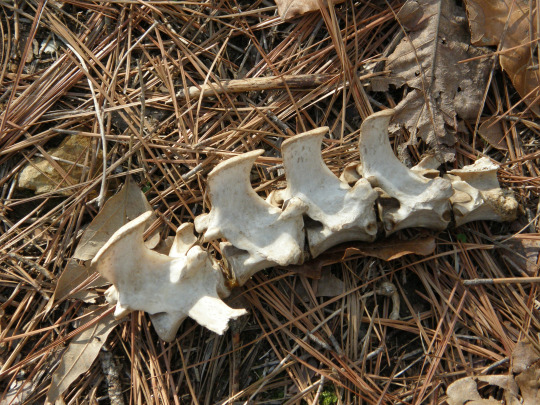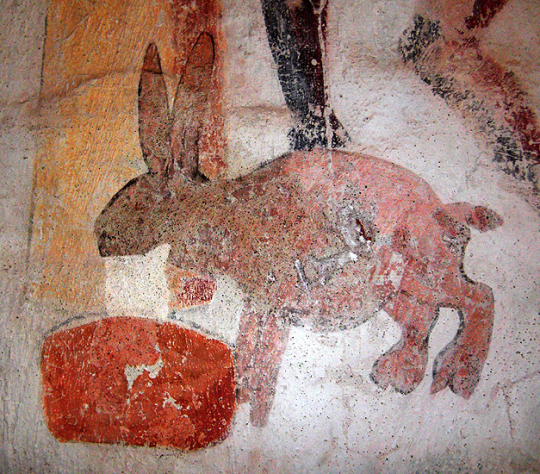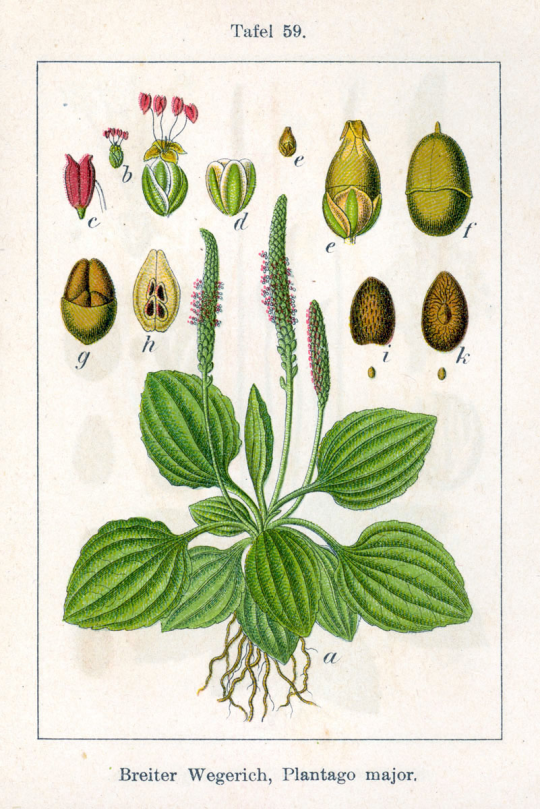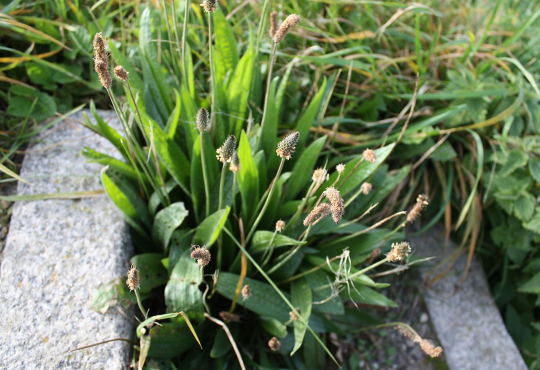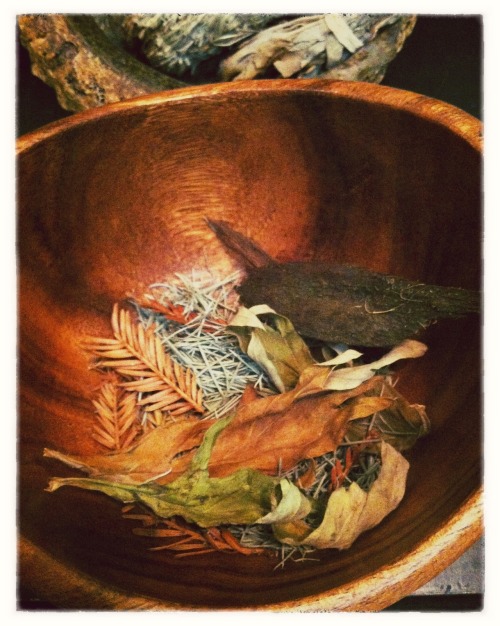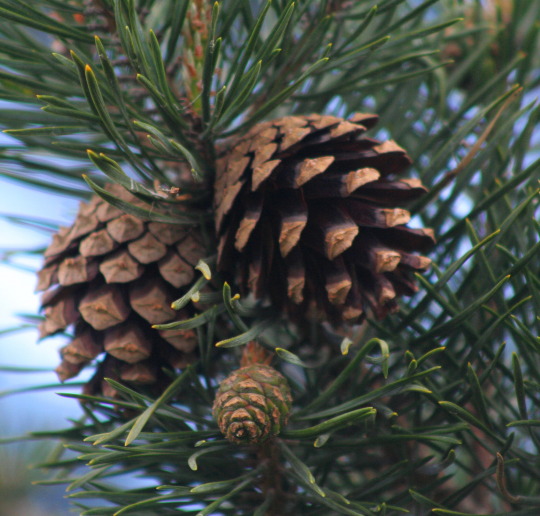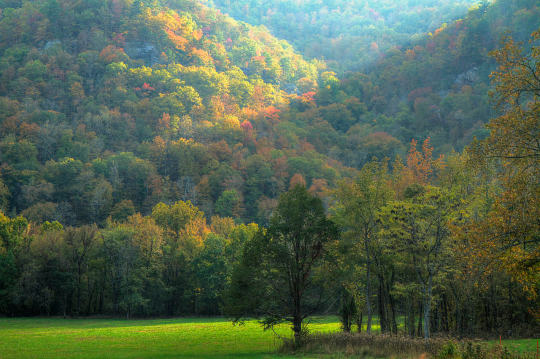Here are some uses of various animal and human bits in certain Ozark folk charms and remedies:
Mole’s foot for teething – “Another way to make teeth come easier is to give the child a mole’s foot to play with. The old tradition is that it should be the left hind foot, but the big fleshy front paws are the only ones I have actually seen given to babies.” ~Vance Randolph OMF
Rabbit brains for teething – “In some parts of Arkansas, when a babe has a hard time in cutting its teeth, they kill a rabbit and rub the fresh brains on the child’s gums.” ~Vance Randolph OMF
Rabbit’s foot for hiccups – “Some healers claim to cure hiccoughs by rubbing a rabbit’s foot on the back of the patient’s neck unexpectedly.” ~Vance Randolph OMF
Mouse head worn for ills – “Otto Ernest Rayburn says that ‘in grandmother’s day a mouse’s head tied around the baby’s neck prevented certain but I have never been able to learn just what these ills were, or to get any definite information about this matter.’” ~Vance Randolph OMF
Bladder stone worn for protection – “In one settlement I found the children coming to school with little round pieces of porous stone sewed into their garments; it is said that these stones are taken from the bladders of deer, and are supposed to protect the wearer against violence and financial loss as well as diseases.” ~Vance Randolph OMF
Mole skin worn for asthma – “Some say that the dried skin of a mole, stuck fast to the chest with honey, will prevent or even cure asthma. I once persuaded one of my neighbors to try this, but it didn’t seem to do him any good.” ~Vance Randolph OMF
Mole skin and feet worn against cancer– “Women sometimes wear a mole skin, or the dried foot of a mole, between their breasts in the belief that it prevents cancer.” ~Vance Randolph OMF
Witches using animal parts to do harm– “To curse any particular part of a victim’s body, the witch take’s the corresponding part of an animal, names it for him, and then buries it in the ground or suspends it in a pool of water. There was a man near Neosho, Missouri, who said publicly that his prostatitis was ‘wished on him’ in this manner by a former mistress. Many people think that witches can, by some hocus-pocus with the sex organs of a sheep, render a man impotent or a woman sterile. A girl in McDonald county, Missouri, named sheep’s testicles for a boy who had mistreated her and put them into an anthill; this was supposed to destroy the young man’s virility but was apparently without effect, as he was still going strong the last I heard of him.” ~Vance Randolph OMF
Owl guts over the doorway – “A man in Fort Smith, Arkansas, told me that his father placed the entrails of a big horned owl over the door, to keep witches away.” ~Vance Randolph OMF
Owl gizzard worn for luck – “…Otto Ernest Rayburn tells of a man on trial for hog-stealing who wore ‘the dried gizzard of a hoot-owl tied round his neck for good luck.’” ~Vance Randolph OMF
Squirrel genitals over the doorway – “A hunter who lived in the woods on Spring River, near Waco, Missouri, nailed the genitals of a male fox squirrel above the door of his shanty. When I asked the purpose of this he said that it brought good luck. ‘It skeers the witches, too,’ he added, ‘just like deer horns.’” ~Vance Randolph OMF
Horsehair sieve as protection from witchcraft – Some of the old-timers used to make a net of horsehair a horsehair sieve, they called it and fasten it over a hole in the door or window. In order to reach the people in the house, it was said, a witch must go in and out at each of the holes in the sieve, which would slow up her activity to a very considerable extent. I have seen what was left of one of these sieves, but the woman who showed it to me explained that it had been used nearly a hundred years ago, and that she kept it only as a relic.” ~Vance Randolph OMF
Bat heart worn to protect from a bullet - “In the old days, many a pioneer carried a bat’s heart, dried and powdered. Some said that it would turn bullets, others that it would keep a wounded man from bleeding to death.” ~Vance Randolph OMF
Goat heart used in ritual against a witch - “There is one case reported from the Cookson Hill country of Oklahoma, just across the Arkansas line, where a prominent citizen died in rather strange circumstances. Some of his backwoods relatives got the idea that a witch was the cause of this man’s death and decided to avenge him in the real old-time tradition. The first step was to secure three nails from the dead man’s coffin; these may be drawn before the coffin is buried in the ground, but not until after the body has been placed in the coffin. The nails must not be replaced by other nails, and the three holes in the wood should be left open. After the funeral the old-timers killed a goat, removed the heart, and thrust the three coffin nails into it. The goat’s heart with the nails in it was then enclosed in a little basket-like cage of wire and suspended out of sight in the big chimney of the dead man’s house. The theory is that, as the goat’s heart shrivels and decays, the witch will sicken and die. If she does not sicken and die, it is regarded as evidence that she was not responsible for the man’s death, after all.” ~Vance Randolph OMF
Chicken gizzard to help with bleeding during childbirth – “If the woman has a really bad ‘bleedin’ they kill a chicken and fasten the warm lining of its gizzard over the affected part, usually burning a few feathers at the same time.” ~Vance Randolph OMF
Chicken heart swallowed to make a woman beautiful – “Many mountain women say that to eat chicken hearts, especially raw chicken hearts, will make any girl good looking; I know one poor damsel who ate them for years, but without any benefit so far as I could see. May Stafford Hilburn says that in her section of the Ozarks the girl must swallow the chicken heart not only raw but whole!” ~Vance Randolph OMF
Chicken heart swallowed to attract lovers – “In Cassville, Missouri, a woman told me that to swallow a raw chicken heart at one gulp may not make a girl beautiful, but it will render her sexually attractive, so that ‘she can git whoever she wants.’” ~Vance Randolph OMF
Turkey bones hidden to attract love – “Many a mountain girl conceals dried turkey bones about the room in which she meets her lover, or even secretes them in her clothing, in the belief that they will render him more amorous. I once heard some village loafers ‘greening’ a young chap because some turkey bones had been found behind the cushions of his Ford, the supposition being that they had been placed there by women who had ridden with him.” ~Vance Randolph OMF
Turkey beard carried to attract love – “Mountain girls sometimes carry the beard of a wild turkey gobbler concealed about their clothing. Rose O'Neill, of Day, Missouri, asked a neighbor about this once and was told that ‘we use it to clean the comb with.’ Probably the gobbler’s beard does make a satisfactory comb cleaner, but there is no doubt whatever that some backwoods damsels regard it as a love charm.” ~Vance Randolph OMF
Wild goose foot powdered and fed to lover – “The boys in northwestern Arkansas make a love medicine from the web of a wild gander’s foot, dried and reduced to powder. Put a pinch of this in a girl’s coffee, and she will not only fall in love with you at once but will be faithful to you as long as she lives. This is somehow connected, in the hillman’s mind, with the belief that wild geese mate but once.” ~Vance Randolph OMF
Dove’s tongue hidden as love charm - “In some localities it is said that a man hides the dried tongue of a turtle dove in a girl’s cabin this makes her fall madly in love with him, and she can’t deny him anything. I was told of a case in which a girl’s superstitious parents searched the cabin for days, trying to find the tongue which they believed must be hidden there. The neighbors laughed about this, and the girl herself said that turtle doves’ tongues had nothing to do with the case, but the parents still believed the old story. They never did find the dove’s tongue, however.” ~Vance Randolph OMF
Parts of the great pileated woodpecker used in magic – “This bird is supposed to have some supernatural powers, and I am told that various portions of its body are highly prized by witches and goomer doctors.” ~Vance Randolph OMF
Heart of murdered man burned for retribution – “Some old people cherish a belief, said to have been borrowed from the Osages, that by burning the heart of a murdered man his relatives may make certain that the murderer will be punished for his crime. There are whispers of such things being done in the back hills even today, but the rumors cannot be verified, and it is not prudent for an amicable outsider to investigate these matters too closely.” ~Vance Randolph OMF
Dead chicken “sock” for snakebite – “My uncle, when he was just a kid, he got bit by a snake on the big toe. He was barefooted and his mother grabbed a chicken, just tore that thing open live and socked it down on there.” ~ Carter and Krause HRIO
OMF –
Ozark Magic and Folklore by Vance Randolph
HRIO – Home Remedies of the Illinois Ozarks compiled and edited by Kay Carter and Bonnie Krause
